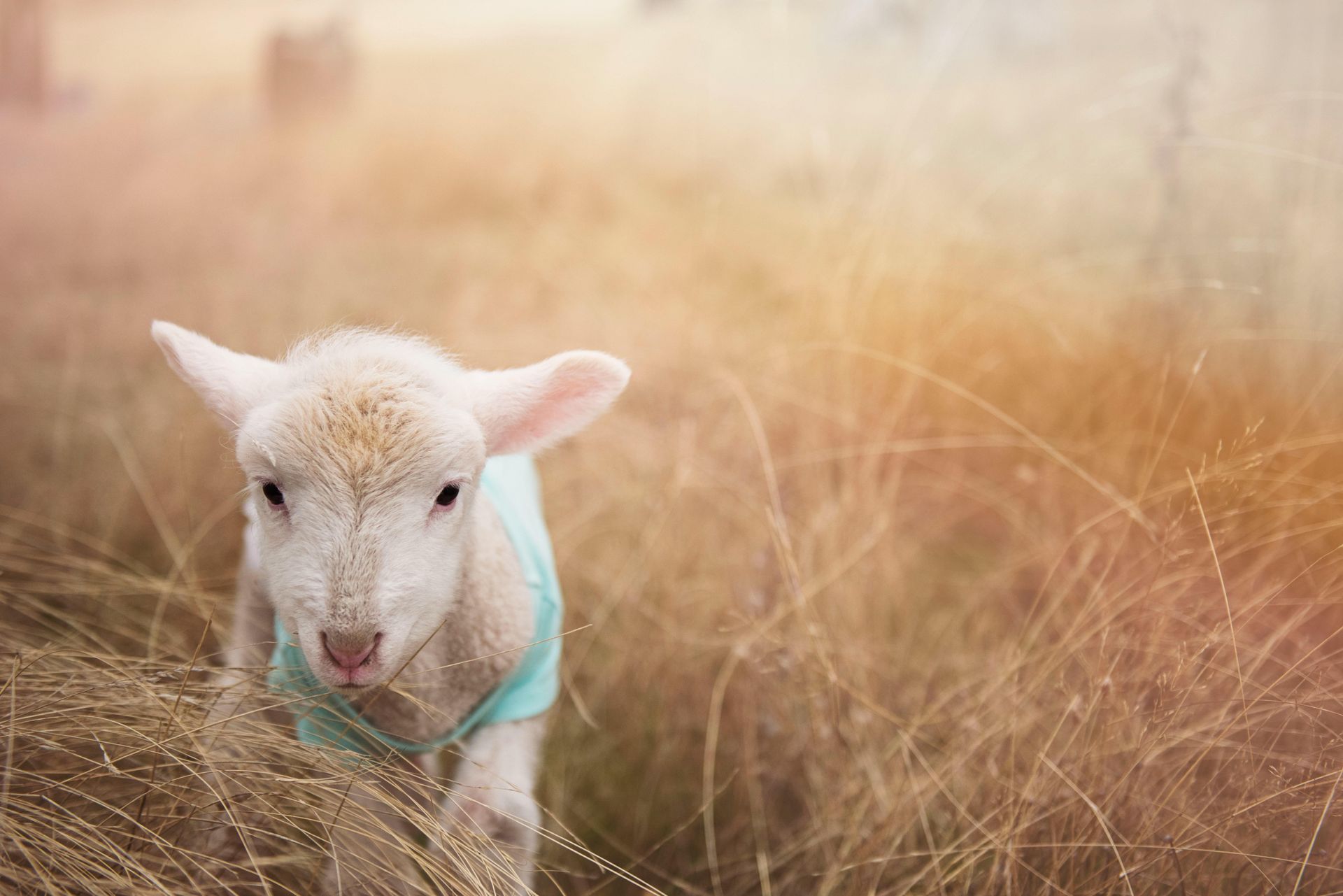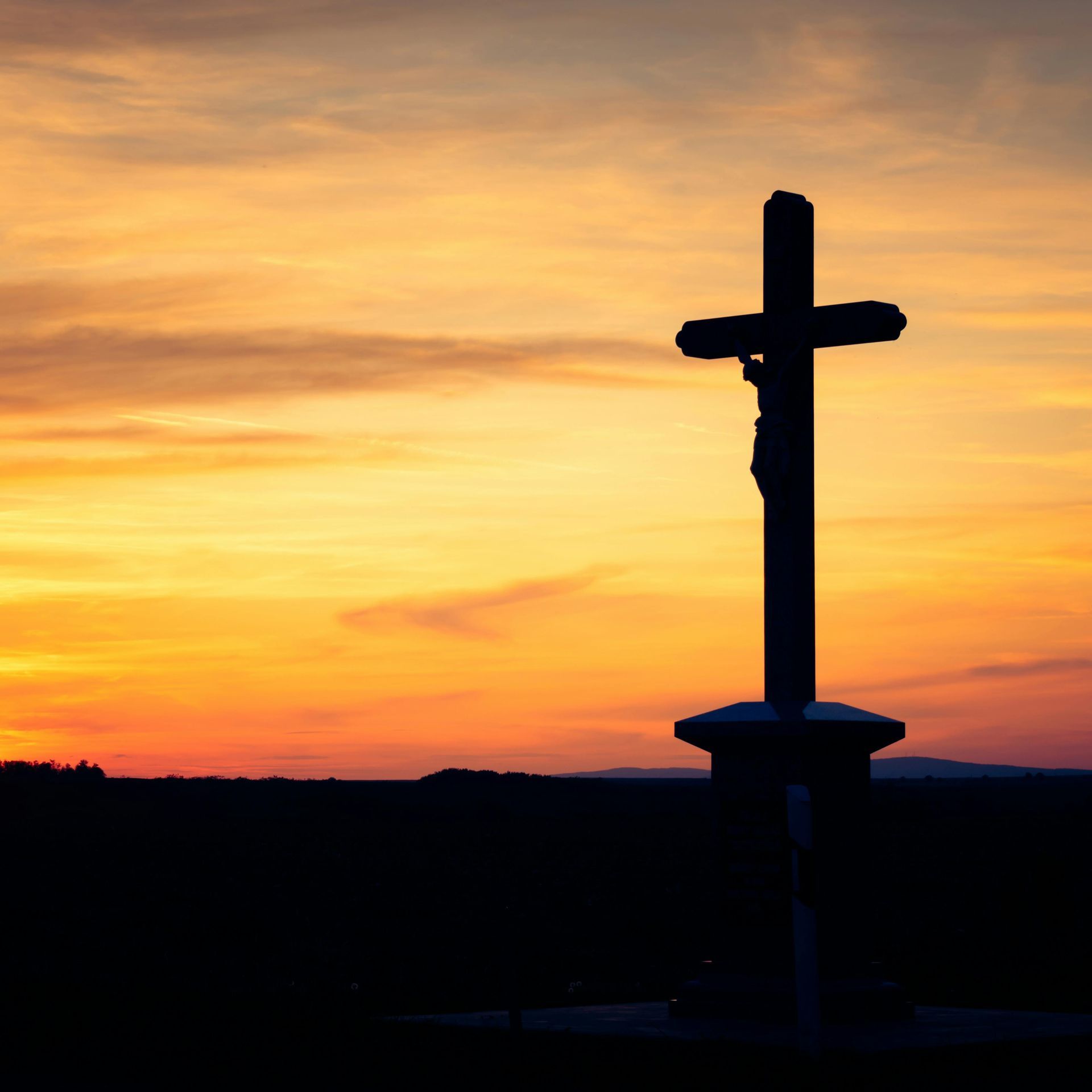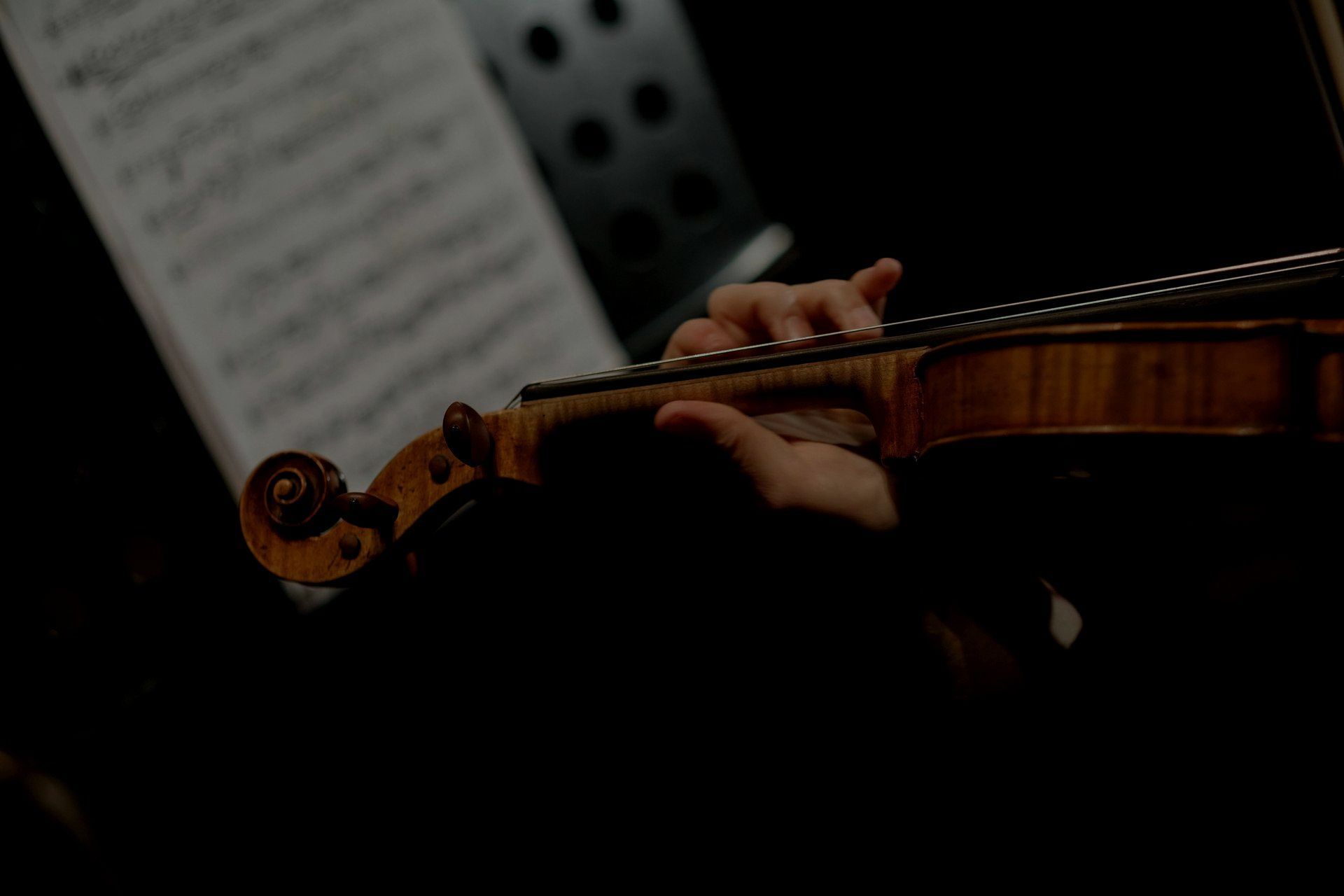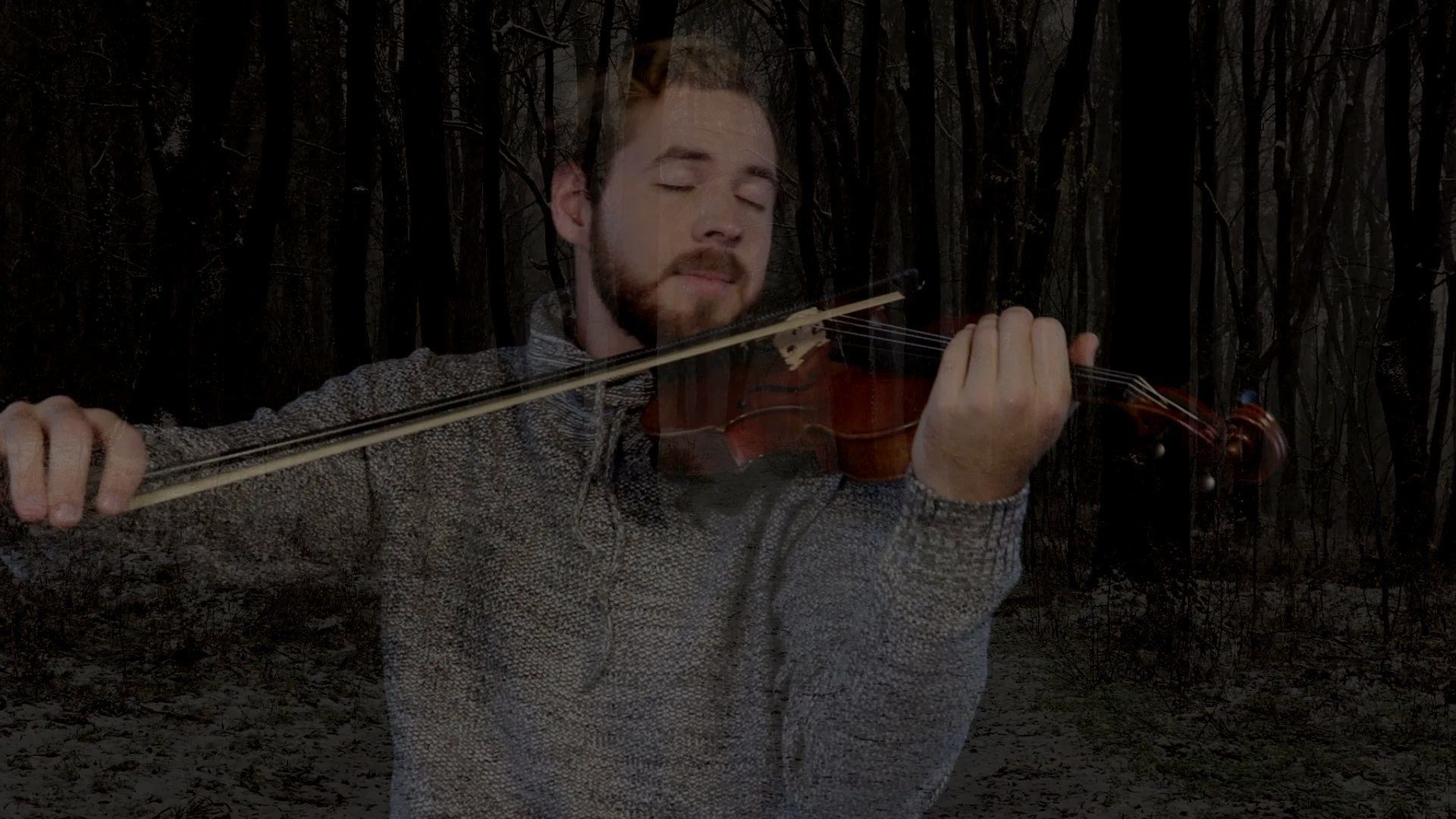In Christ Alone
“In Christ Alone” is one of the most loved worship songs of our time. Even though it was written in 2001, it sounds like a hymn that could have been around for centuries.
This song was created by
Keith Getty, who wrote the music, and
Stuart Townend, who wrote the lyrics. Their goal was simple: to write a song that told the full story of the gospel — from Christ’s birth to His death, resurrection, and the hope we have because of Him.
The Story Behind the Hymn
Keith Getty came up with the melody first. It had a strong, emotional feel to it — something that sounded rich, deep, and worshipful. Stuart Townend added words that matched it perfectly. He wrote the lyrics to help believers remember and declare what Jesus has done for us.
They didn’t expect it to become as popular as it did. But soon, “In Christ Alone” was being sung in churches all around the world — both traditional and modern. It was added to hymnals and played in worship services, big events, and even small family gatherings.
What Makes It Powerful
The song is packed with truth straight from the Bible. It doesn’t use vague words. Instead, it talks clearly about Jesus’ sacrifice, God’s love, and the hope we have through Christ.
A verse that matches the message of the song perfectly is Romans 8:38–39 (NIV):
For I am convinced that neither death nor life, neither angels nor demons, neither the present nor the future... will be able to separate us from the love of God that is in Christ Jesus our Lord.
That’s exactly what this hymn is about — nothing can separate us from the love of Christ. He is our Cornerstone. Our firm foundation. Our hope in life and in death.
My Violin Cover
When I arranged this hymn for violin, I wanted to keep it simple and heartfelt — just like the original. My goal with Violin Hymns is to bring each melody to life in a way that’s true to its message.
This song doesn’t need anything fancy. Its beauty is in the strength of the melody and the truth of the words. I hope this version helps you reflect and feel encouraged in your faith.
Listen and Reflect
The video is just below. I invite you to listen and take in the message of the hymn. Whether you’re new to it or have sung it many times, let the words remind you: your hope is found in Christ alone.
Lyrics
In Christ alone my hope is found,
He is my light, my strength, my song;
This Cornerstone, this solid Ground,
Firm through the fiercest drought and storm.
What heights of love, what depths of peace,
When fears are stilled, when strivings cease!
My Comforter, my All in All—
Here in the love of Christ I stand.
In Christ alone, who took on flesh,
Fullness of God in helpless babe!
This gift of love and righteousness,
Scorned by the ones He came to save.
Till on that cross as Jesus died,
The wrath of God was satisfied;
For every sin on Him was laid—
Here in the death of Christ I live.
There in the ground His body lay,
Light of the world by darkness slain:
Then bursting forth in glorious day,
Up from the grave He rose again!
And as He stands in victory,
Sin’s curse has lost its grip on me;
For I am His and He is mine—
Bought with the precious blood of Christ.
No guilt in life, no fear in death,
This is the power of Christ in me;
From life’s first cry to final breath,
Jesus commands my destiny.
No power of hell, no scheme of man,
Can ever pluck me from His hand;
Till He returns or calls me home,
Here in the power of Christ I’ll stand.
Youtube Channels
Sponsored by VIOLINHYMNS.COM
Jonathan Violin Hymns


Jonathan Violin

Beautiful Piano Hymns

Hymn Karaoke
More Blogs













